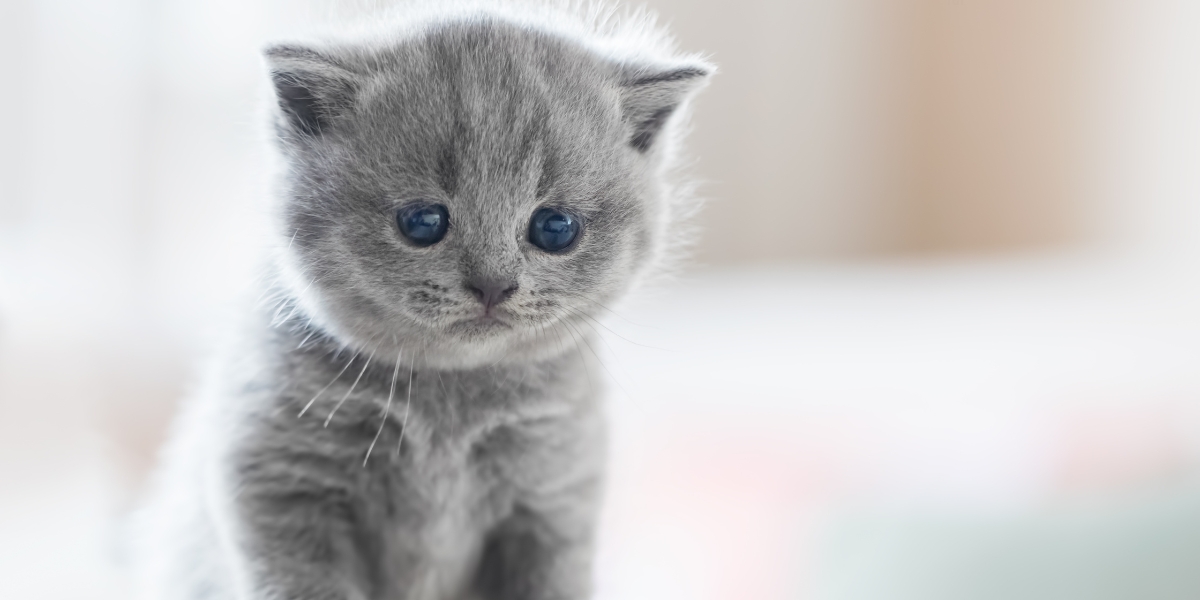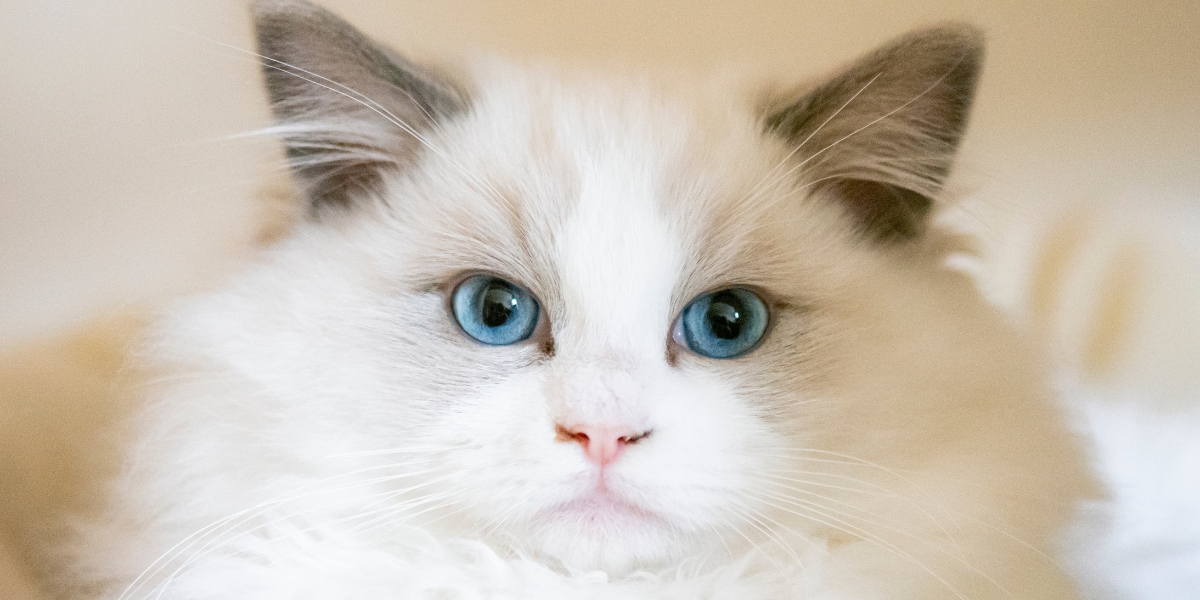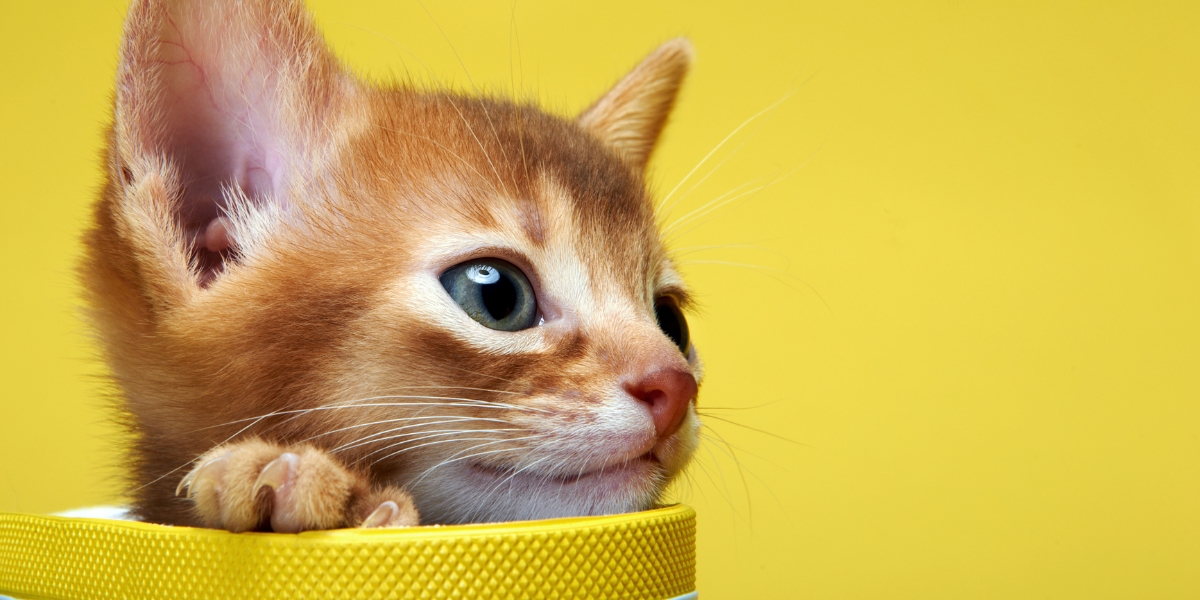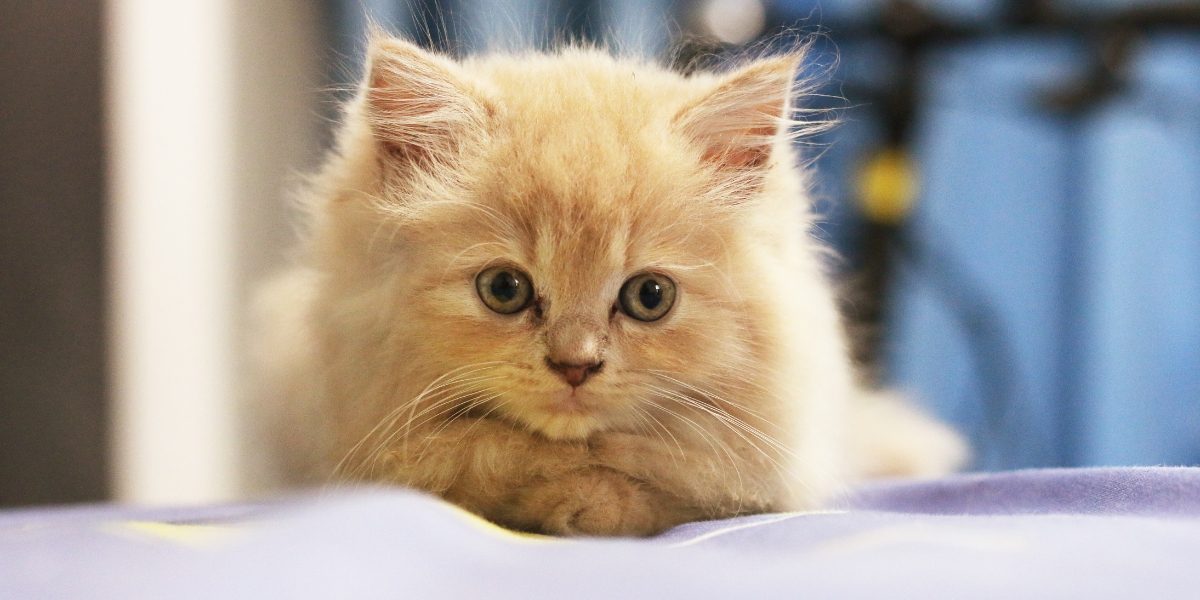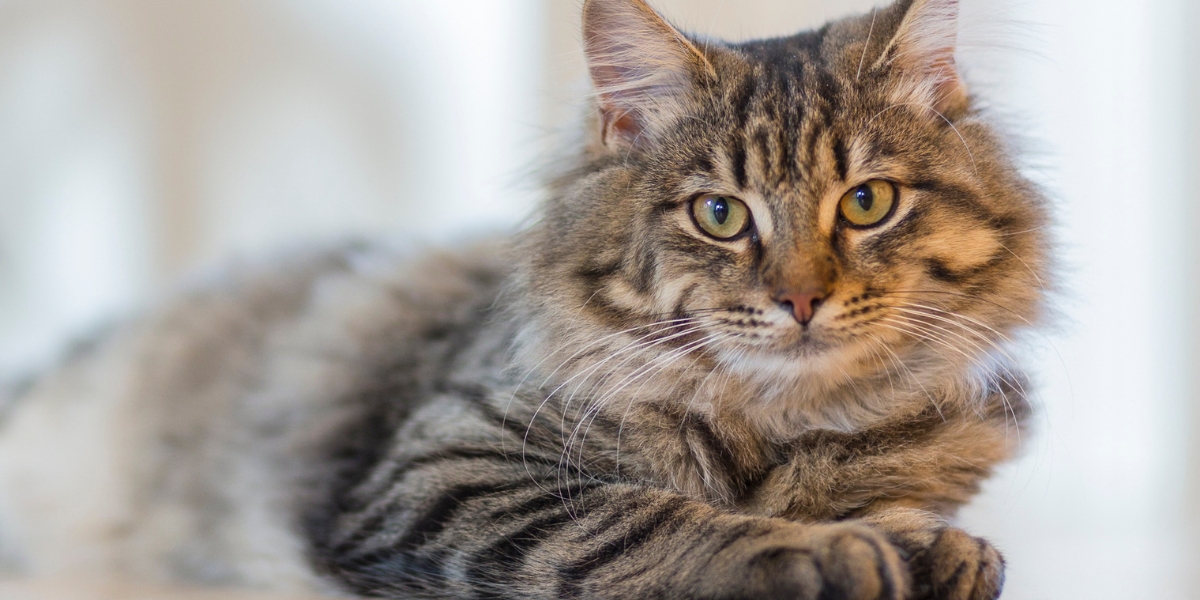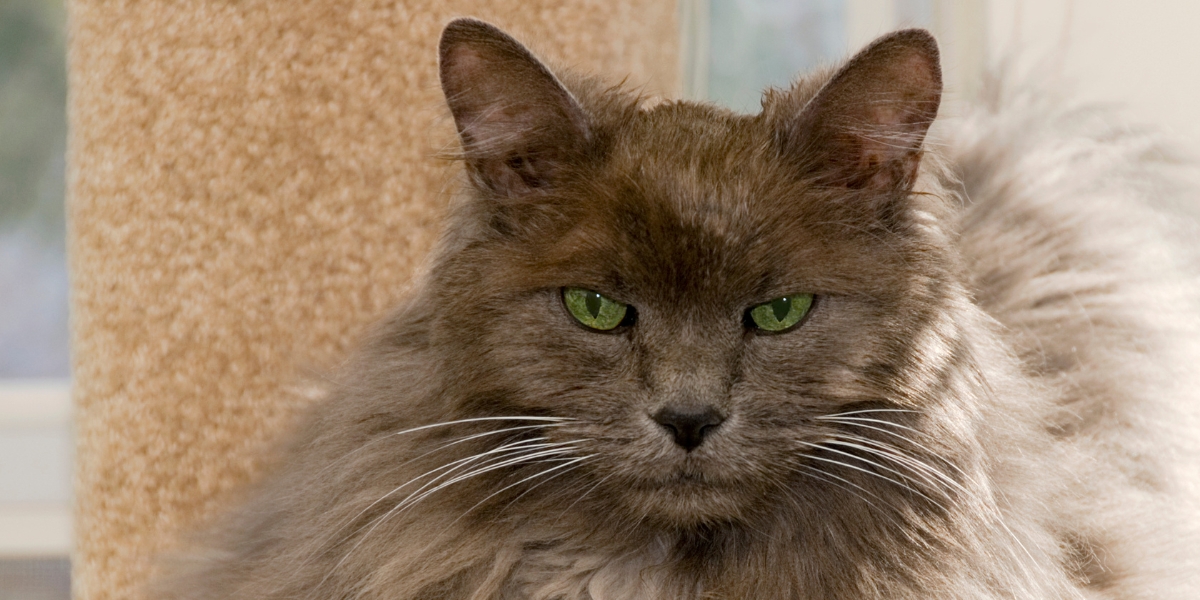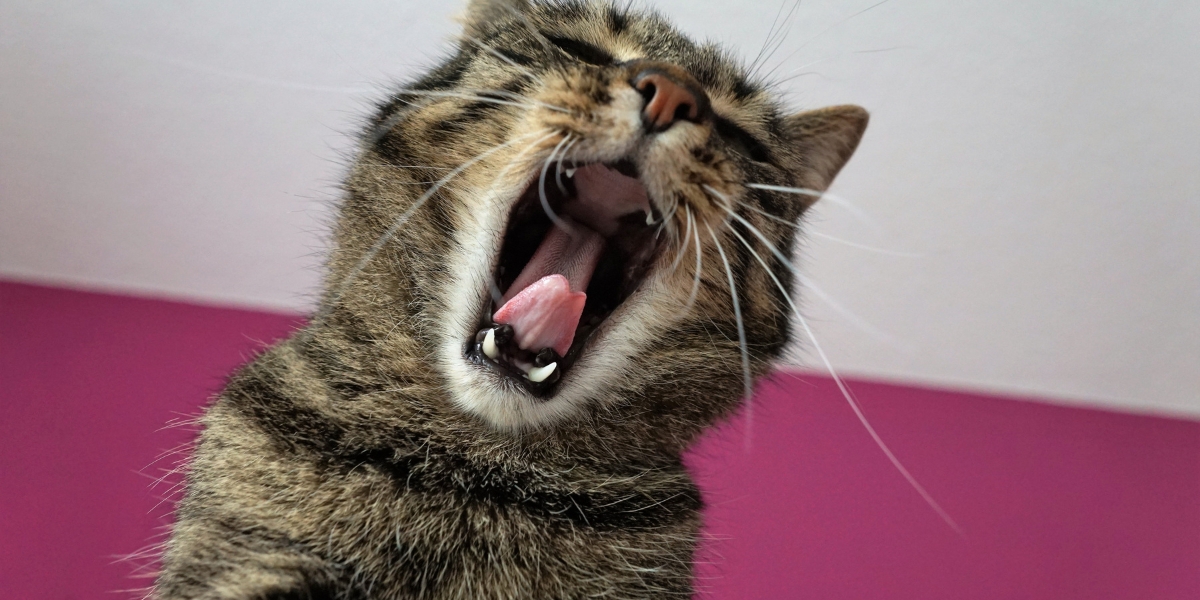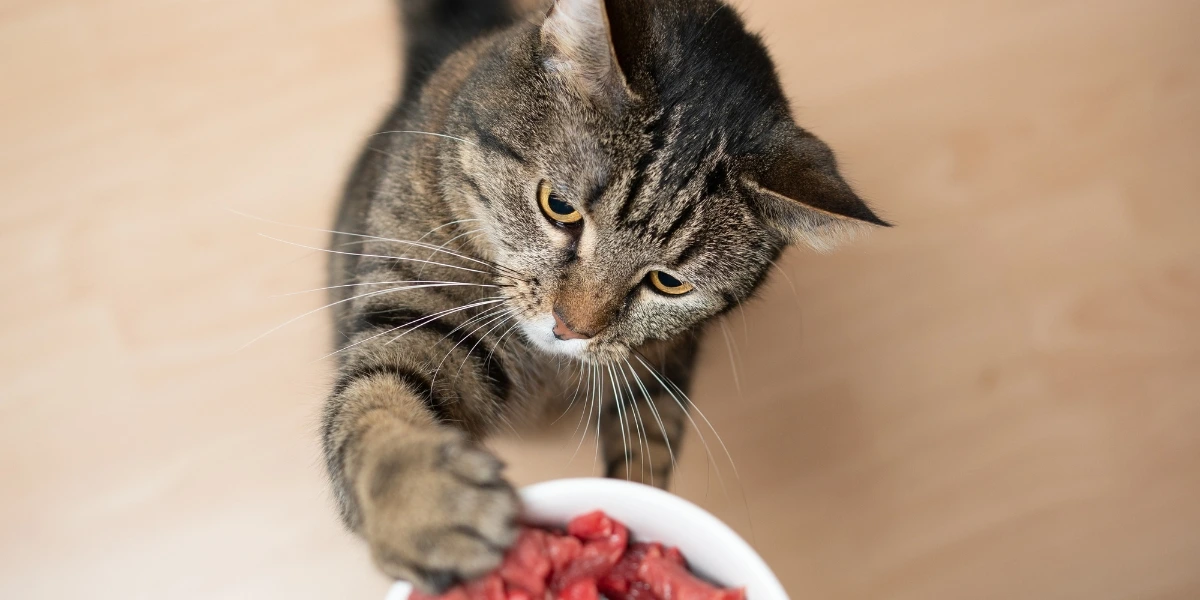As a pet parent, your responsibility is to ensure your feline friend enjoys a longer, healthier life. With modern medicine advances and the right nutrition, house cats are living better lives. Regular vet visits, vaccination and attention to oral health are essential. Meeting your kitty’s environmental needs as it grows helps it thrive through every life stage, ensuring a smooth transition into its golden years.
The answer to how long cats live is often dependent on you and the approach you take. An experienced cat owner knows that understanding their cat’s complex behaviors takes time. By working together with your vet and providing proper care, you can realistically support your cat’s whole life, from kittenhood to old age, building an unbreakable ride-or-die bond.
Here’s all you need to know about your cat’s average lifespan and ways to help them live longer.
Key Takeaways
Proper nutrition, preventive care and spay or neuter status can significantly impact how long a cat will live.
A strong relationship with your vet can help ensure that your cat is getting the nutrition and preventive care they need for a healthy life and spay or neuter status can also impact how long they live.
If you observe any changes in your cat’s behavior as they get older, be sure to consult with your vet.
What’s the Average Lifespan of a Cat?
Cats may not actually have nine lives, but their average lifespan can range from 13 to 17 years, depending on care and health. Some lucky felines even live beyond 20 years. The world record holder, an adorably named cat called Creme Puff, lived to a whopping 38 years old, making her the oldest cat ever recorded.
Several factors can influence a cat’s lifespan, including:
1. Nutrition
A cat thrives on a complete, balanced diet that provides essential nutrients, vitamins and minerals to meet their need for optimal health. This approach promotes good organ function, supports a strong immune system, and helps maintain an ideal body weight, ensuring they stay active and healthy at every stage of life.
2. Lifestyle
A cat’s lifestyle can directly impact their lifespan. Indoor cats often outlive outdoor cats since they are less exposed to harsh environmental factors and have better access to routine preventive care. As a pet parent, creating a safe and nurturing environment is key to supporting their longevity.
3. Preventive care
Cats that are fully vaccinated and undergo routine blood work can have health issues detected and treated quicker. With regular preventive medication for fleas, ticks and heartworm, they are less likely to fall ill from diseases triggered by parasites, helping them live longer.
4. Breed
Some cat breeds naturally live longer than others. For instance, Siamese cats often outlive breeds like the Maine Coon, which can be predisposed to health issues due to their larger stature. Breeds with fewer health concerns tend to enjoy more years.
- Mixed breed cats often live longer lives than purebred cats, thanks to hybrid vigor, which occurs when two genetically different cat breeds mate. Their kittens tend to be healthier and face fewer genetic issues overall.
- While tabby cats aren’t an actual breed but rather a type of fur pattern, their average lifespan is quite impressive, often ranging from 15 to 20 years.
5. Genetics
A cat’s genetics play a key role in its lifespan, as a genetic predisposition to certain conditions or diseases can cause a shorter lifespan. To avoid this, genetic testing should always be done before breeding two cats, ensuring healthier offspring.
6. Spaying/Neutering
Cats that are spayed or neutered tend to live longer lives compared to those left intact. This is because the development of reproduction-related cancers and the risks from excess circulating hormones are much higher in unspayed cats.
Life Expectancy of Outdoor Cats vs. Indoor Cats
Outdoor cats face many dangers that can shorten their lifespan. Unfortunately, they usually don’t live as long as indoor cats. On average, outdoor cats have half the lifespan of those inside. Indoor cats tend to live longer, especially when they are loved and receive regular health checks. This can help them stay happy into their late teens, with some living beyond that.
Outdoor cats encounter numerous dangers, including:
- Infectious diseases (transmitted by wildlife or other cats)
- Trauma (caused by predators or vehicles)
- Parasites (such as fleas, ticks, or intestinal worms)
Outdoor cats may enjoy supervised activities like walking on a leash or exploring enclosures, which can benefit them emotionally and behaviorally. However, most cats are happy indoor-only pets when provided a properly enriched environment. Indoor cats typically have longer lifespans, as they are protected from common dangers and benefit from well-rounded nutrition.
Cat Life Stages
Cats go through six different life stages, which help owners understand potential health and behavioral issues.
Kitten (Birth to 1 Year)
A kitten’s job during this young, playful life stage is to grow, learn and interact with their environment. This period is incredibly important for setting a cat up for success as they are growing up. While most kittens learn basic bathroom and feeding habits easily, it’s important to socialize kittens, engage them in appropriate enrichment and encourage play to set them up for behavioral success.
Using a laser pointer is a great way to keep a cat active, stimulate their kitty minds, and get them moving at the same time. For proper growth, kittens must be fed a diet specifically formulated for their higher caloric needs. Look for appropriate diets approved by the Association of American Feed Control Officials (AAFCO) with a nutritional adequacy statement to ensure it provides nutritious food options for growing kittens.
During kittenhood, their immune system is strengthened with protective vaccines like FVRCP, rabies and FeLV. By 6 months of age, older kittens should be spayed or neutered to reduce the risk of certain cancers, behavioral issues, and habits like urine marking or spraying. If you’re curious about when kittens can leave their mom, When can kittens leave their mom? Here’s what to know.
Young Adult (1–6 years)
During the young adult stage, cats are active, playful and full of energy but no longer growing physically. This is a great stage to introduce new things like other pets, household noises, and being brushed or handled. If not done earlier, it’s still the right time to neuter your pet to stop unwanted litters and encourage a balanced demeanor.
At this point, reduced calorie needs mean feeding them proper adult cat food and practicing careful weight management to reduce the likelihood of future health conditions like arthritis and diabetes. Regular vaccines and routine examinations help as this age group is generally relatively resistant to illness. However, conditions like asthma and feline lower urinary tract disease (FLUTD) are still commonly diagnosed and manageable with early detection.
Regular health checks, including baseline blood work, help catching issues early and provide successful long-term management. This ensures you can compare normal values as your cat ages, making it easier to address any changes in their health.
Mature Adult (6–10 years)
By the time cats reach their mature adult stage, they often start slowing down and may adopt a more sedentary lifestyle. You might notice they won’t play as often or move around like they used to. These behavior changes could include alterations in nighttime activity levels, such as being less active late at night and preferring to sleep during the day.
Additionally, some older cats may have issues with their litter box use or other subtle shifts in their routines, like skipping their usually fastidious bathroom habits, including forgetting to cover poop.
To support their health, consider investing in an uncovered litterbox with low sides to make it easier for a senior cat to get in and out, especially if they’re dealing with mobility issues caused by arthritis or other conditions. Regular routine bloodwork, ideally every year, is essential to monitor for early changes in the kidneys, liver or thyroid.
As pet parents, it’s vital to pay close attention to grooming behavior, as reduced grooming can lead to hairballs or indicate deeper health concerns. Watch for weight changes and prioritize oral health by considering professional dental cleanings or using a pet toothbrush and toothpaste to help maintain healthy teeth. With consistent care and the age-appropriate discretion of a veterinarian, you can help your cat stay comfortable and healthy in their golden years.
Senior (11 – 14 years)
As your cat transitions from a mature adult to a senior cat, their health needs and behavior may shift. By this stage, a cat’s age is comparable to a human in their 70s. Regular blood work and urine testing every six months are commonly recommended for cats 10 years or older to monitor organ health, as older cats are more prone to blood pressure issues, strokes and even blindness. These changes can happen quickly, so annual checkups are essential.
To keep your cat happy and mentally sharp, provide plenty of stimulation, such as food puzzles, which can help them stay busy, active and prevent them from becoming overweight. While many senior cats tend to relax as they age, enriching their environment ensures they stay engaged and entertained, even during their quieter years.
Geriatric (15 years and older)
When cats reach their geriatric years, many show signs of slowing down, while some are lucky enough to live life in the slow lane—spending their days happily snoozing on a favorite pillow. Although some may even outlive expectations, it’s important to monitor closely for changes in their behavior, such as increased vocalization frequency or altered toilet habits.
If you notice anything out of the ordinary, don’t hesitate to book an appointment with your vet. Regular checkups ensure these beloved senior companions receive the care they need to stay comfortable and happy in their golden years.
How To Increase Your Cat’s Lifespan
While no elixir can make cats live forever, proper care feels like magic. Though aging and illnesses are unavoidable, a healthy routine can help them thrive and almost cheat death. However, there are many steps pet parents can take to help their cat live a longer life:
1. Stay up to date on vaccines
Vaccines are imperative for protecting your cat’s lifestyle and health, as they help in preventing diseases that can be difficult or even impossible to treat. It’s important to remember that even indoor cats need vaccinations, as certain illnesses can still pose a risk without proper targeted protection.
2. Spay/neuter at a young age
Cats that are not spayed or neutered at a young age face a higher likelihood of developing life-threatening reproductive diseases or cancer. Early procedures can also help prevent complications like infections, improving their overall health and lifespan.
3. Keep up with preventative care
Cats are very good at hiding symptoms of illness, so regular annual checkups with the vet, including routine blood testing, can go a long way in detecting issues early. Building a better relationship with your vet is key to discussing even minor changes in your cat’s behavior during an exam.
4. Update your cat’s environment
As cats age, it’s important to adapt to their needs by consulting your vet about options like joint supplements, which can be beneficial for your cat’s joints if they’ve noticed slowing down. Providing an orthopedic bed offers much-needed cushion and support to ensure they’re as comfortable as they want to be.
5. Monitor your cat’s weight and feed a complete balanced diet
Many life-limiting issues, such as severe arthritis and diabetes, are caused by obesity in cats. Ensuring they are eating a well-balanced diet suitable for their life stage is extremely important. It’s best to feed measured amounts through meal feeding, especially in multi-cat households, and to adjust intake to match their individual metabolism.


